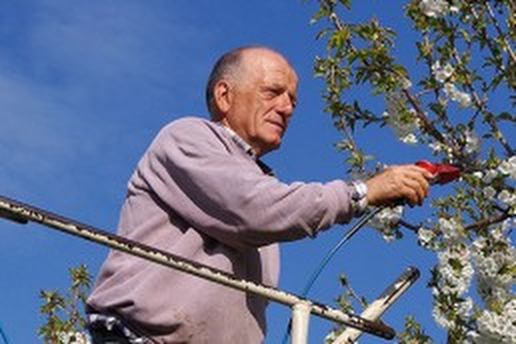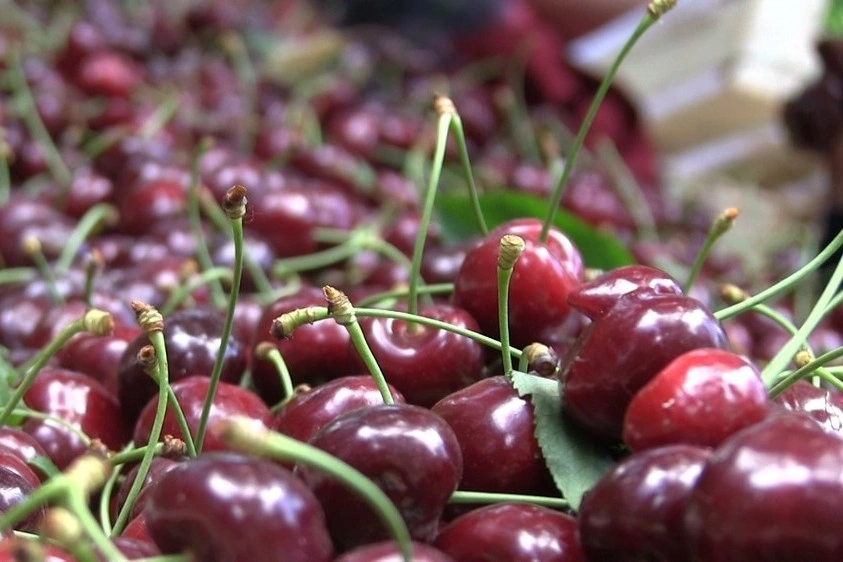Little Cherry Disease (LCD) is caused by three pathogens: Little Cherry Virus-1 (LChV-1), Little Cherry Virus-2 (LChV-2), and X-disease phytoplasma (XDP), posing a serious threat to cherry orchards. Once a tree is infected, there is no cure, making early diagnosis essential to prevent pathogen spread and economic losses. Trees can serve as a source of infection for years before showing visible symptoms in their fruit. Currently, the main diagnostic methods include visual scouting (1-2 weeks before harvest) and molecular analyses such as qPCR.
However, visual scouting cannot detect early infections, and while qPCR is highly accurate, it is costly, labor-intensive, and limited by the uneven distribution of the pathogen in tree tissues. To address these challenges, Washington State University (WSU), in collaboration with Ruff Country K9 LLC, is exploring a groundbreaking solution: using trained detection dogs to identify LCD-infected trees.
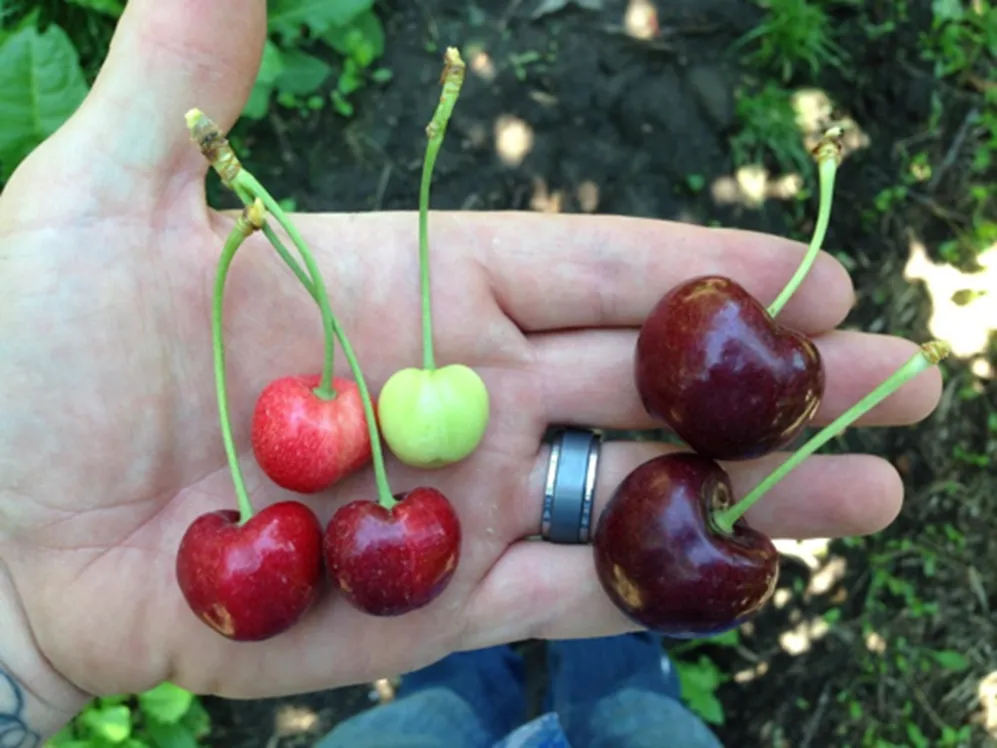 Image 1: Little Cherry Virus-2 (LChV2), Little Cherry Virus-1 (LChV1), and X-disease phytoplasma cause small cherry symptoms, often referred to as "Little Cherry Disease," "X-disease," or Western X. Diseased trees produce small cherries with poor color and flavor, making the fruit unmarketable.
Image 1: Little Cherry Virus-2 (LChV2), Little Cherry Virus-1 (LChV1), and X-disease phytoplasma cause small cherry symptoms, often referred to as "Little Cherry Disease," "X-disease," or Western X. Diseased trees produce small cherries with poor color and flavor, making the fruit unmarketable.
Project Overview
This ongoing research project, funded by the Washington Tree Fruit Research Commission and the Northwest Nursery Improvement Institute (May 2023 – May 2025), has four main objectives:
- Training the dogs: train two dogs to detect LCD pathogens (LChV-2, XDP).
- Validation: assess the accuracy, sensitivity, and specificity of the dogs in controlled studies, aiming for 95% or higher accuracy before transitioning to field settings.
- Field introduction: transition the dogs to a simulated field setting for real-world applicability.
- Extended studies: conduct dormancy, seasonal, nursery, and orchard evaluations.
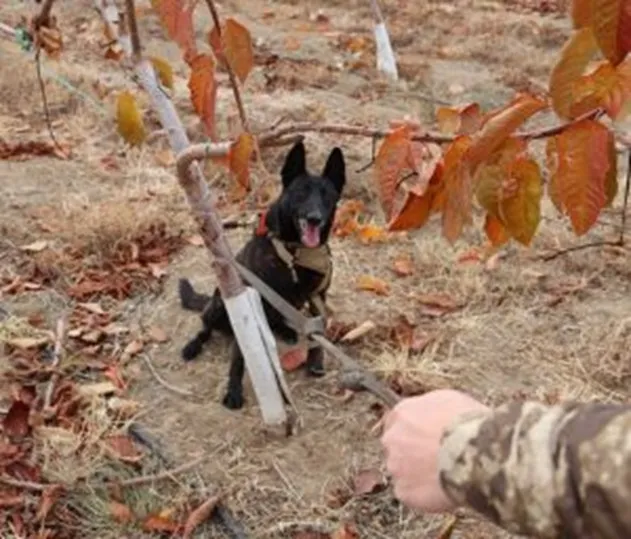 Image 2: The detection dog Humma identifies a tree potentially infected with LCD pathogens (November 2024).
Image 2: The detection dog Humma identifies a tree potentially infected with LCD pathogens (November 2024).
Key Findings
Training and Validation
- Trained dogs demonstrated the ability to distinguish the odors of the two pathogens and were desensitized to other common cherry orchard diseases, ensuring specific alerts for LCD pathogens.
- Sensitivity to pathogen titers ranged from a minimum of 39 (XDP) to a maximum of 36 (LChV-2) and up to 18 (XDP and LChV-2).
Controlled Studies
In a blind greenhouse study, the dogs successfully identified 7 potted trees as positive, with an additional tree later confirmed positive via qPCR.
Blind study results:
- Accuracy: 99.72%.
- Sensitivity: 96%.
- Specificity: 100%.
Notably, initial tests showed some missed alerts due to canine illness (heat exhaustion). A follow-up study demonstrated significant improvement, particularly for Aika (Table 1).
Field Transition
The canines successfully adapted to simulated field scenarios, detecting positive trees in mapped grids. Both canines alerted on positive trees and showed no change in behavior toward any other trees.
- In a young commercial cherry orchard with one tree known to be positive, the dogs flagged 21 trees. Subsequent testing confirmed 4 additional positive trees with weak infections (titer levels 37.63 – 39.41).
- In an old commercial cherry orchard, with trees flagged at harvest for visual symptoms, the dogs flagged 4 trees; subsequent testing confirmed 3 of them as positive (titer levels 33.58 – 39.66).
Dormancy and Seasonality Studies
Early tests on dormant trees (November 2024) revealed that the dogs accurately located all 4 trees known to be positive via qPCR testing and flagged an additional 51 trees for testing in 2025.
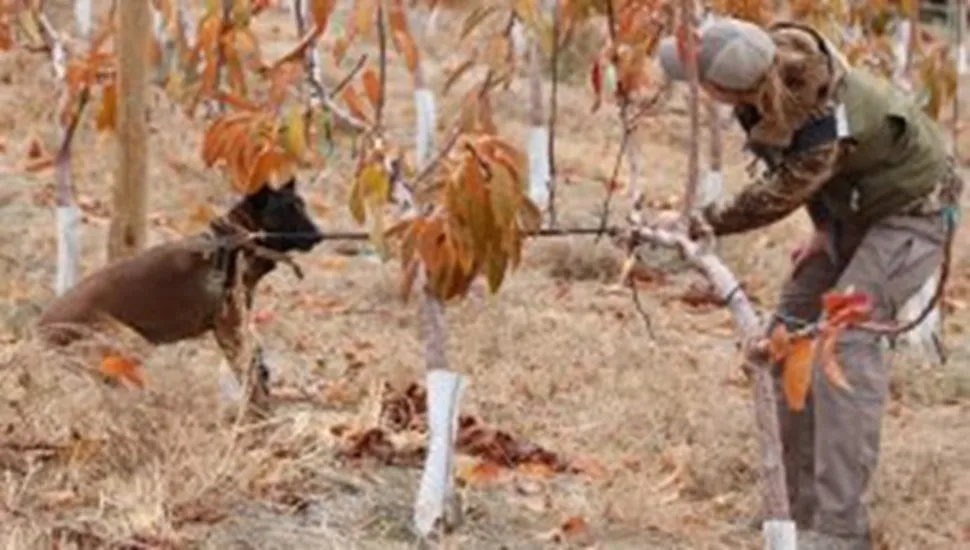 Image 3: The dog Aika flags a tree potentially infected with LCD pathogens (November 2024).
Image 3: The dog Aika flags a tree potentially infected with LCD pathogens (November 2024).
Next Steps
- Perform qPCR tests on trees flagged during dormancy studies and re-examine previous trees flagged by the canines during the season to validate canine accuracy.
- Expand field studies to additional orchards.
- Further investigate the dogs’ capabilities in a nursery setting.
Blind Study Results
| Initial Blind Study |
|---|
| Canine | Umma | Aika |
| *Sensitivity | 95.05% (96/101) | 88.12% (89/101) |
| Total Positive Missed | 5 | 12 |
| *Specificity | 100% (1279/1279) | 100% (1279/1279) |
| Total Negative Missed | 0 | 0 |
| Positive Predictive Value | 100% | 100% |
| Negative Predictive Value | 99.61% | 99.07% |
| False Positive Rate | 0.00% | 0.00% |
| False Negative Rate | 4.95% | 11.88% |
| False Discovery Rate | 0.00% | 0.00% |
| Accuracy | 99.64% (1375/1380) | 99.13% (1368/1380) |
| *Accuracy: The total number of correct alerts on positive trees and non-alerts on negative trees. Sensitivity: The total number of correct alerts on positive trees. Specificity: The total number of correct non-alerts on negative trees. |
To read more in detail about the preliminary results of the project, see the link below to the final WTFRC report. Real-time detection of wild cherry disease using detector canines. Ongoing WTFRC project report. Pages 84-93.
Images: Corina Serban, WSU Extension, USA
Corina Serban, Reviewed by Scott Harper, Jessica Kohntopp
WSU Extension, WSU Plant Pathology, USA
Cherry Times - All rights reserved







